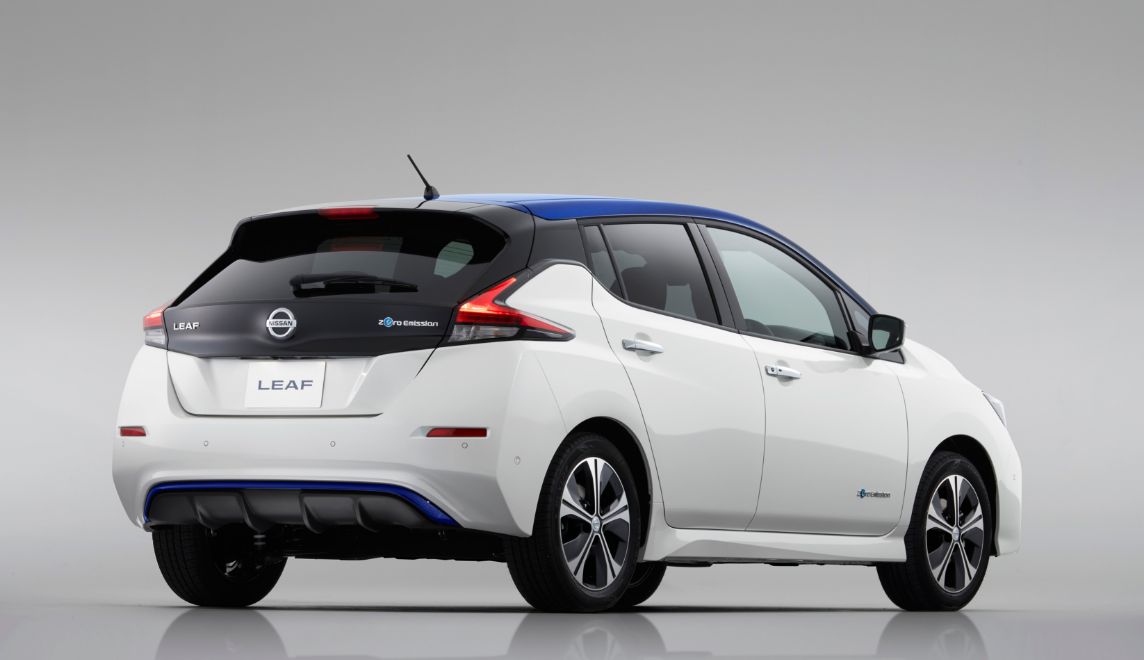In a world increasingly aware of the impinging realities of climate change and environmental degradation, the automotive industry faces significant pressure to innovate. Enter the Nissan Leaf, a vehicle emblematic of the electric vehicle (EV) revolution, offering a glimpse into the future of driving. But what exactly differentiates the Nissan Leaf from traditional vehicles? And can it truly usher us into an era of sustainable transport? These questions are pertinent, especially as we navigate a landscape ripe with both opportunity and challenge.
Enter the Electric Vehicle
The concept of electric vehicles is not a recent phenomenon. However, the Nissan Leaf has garnered widespread acclaim since its inception for pushing boundaries previously thought insurmountable. With its sleek design and efficient battery technology, the Leaf aims to dismantle misconceptions surrounding EVs, specifically regarding performance, range, and convenience. Boasting an impressive driving range of up to 226 miles on a single charge, the Leaf dispels the myth that EVs falter once you venture beyond city limits.
With the growing installation of charging stations and advancements in battery technology, range anxiety is becoming a thing of the past. But, will this transformative shift usher in a societal embrace of EVs, or will the road to adoption be fraught with hurdles? Questions linger, particularly about infrastructure, cost, and public perception.
Design and Innovation
The aesthetics of the Nissan Leaf are as noteworthy as its eco-friendly credentials. Its aerodynamic shape is not merely for show; it’s a thoughtful design aspect aimed at enhancing efficiency. With a focus on minimizing drag, every curve and contour serves a purpose—creating a vehicle optimized for environmental performance. The interior, brimming with innovative technology, includes a user-friendly infotainment system that seamlessly integrates with smartphones, enhancing connectivity and ensuring a modern driving experience.
Nissan’s commitment to innovation extends beyond mere design. The Leaf features regenerative braking technology that recaptures energy during deceleration, funneling it back into the battery. This practice is not only eco-conscious but enhances the overall efficiency of the vehicle, ensuring that every mile counts. The incorporation of such groundbreaking features positions the Leaf not just as a car, but as a sophisticated piece of technology emblematic of the time we live in.
Environmental Impact and Sustainability
One of the most compelling arguments for adopting electric vehicles like the Nissan Leaf lies in their environmental advantages. Conventional gasoline vehicles emit significant amounts of carbon dioxide, contributing to climate change. In contrast, the Leaf boasts zero tailpipe emissions, making it a cleaner alternative. This aspect alone is a driving force for many consumers who are becoming increasingly eco-conscious.
However, the transition to EVs presents challenges. The sources of electricity that charge them play a pivotal role in the overall environmental impact. If the energy comes from coal or other fossil fuels, the ecological benefits diminish. To truly leverage the advantages of electric driving, there’s a pressing need for a concerted global effort to transition to renewable energy sources.
Cost and Accessibility
The financial implications of switching from a traditional vehicle to an electric one are also noteworthy. While the initial purchase price of the Nissan Leaf may be higher than that of its gasoline counterparts, potential savings proliferate in the longer term. Lower fueling costs, reduced maintenance expenses, and tax incentives compound to make the Leaf an economically viable option for many drivers. Nevertheless, the reality remains that subsidies and government incentives vary by region, creating disparities in accessibility. Will this prevent equitable access to the future of transportation for all communities?
The Road Ahead
As we contemplate the future of driving, the Nissan Leaf stands as a signal of profound change. The question remains, will society embrace this transition wholeheartedly, or will hesitation and resistance blur the path forward? The shift to electric vehicles is not merely a trend; it’s a fundamental rethinking of transport in the face of urgent environmental challenges.
Looking ahead, the roadmap for EV adoption will require coordination among manufacturers, government bodies, and consumers. Infrastructure improvements, educational campaigns, and investments in renewable energy must all converge to foster a conducive environment for electric vehicles to flourish. This is a collective undertaking, and every stakeholder has a role in shaping the automotive landscape of the future.
Conclusion
The Nissan Leaf is more than just a car; it symbolizes a paradigm shift in how we conceive of personal transportation. With its innovative design, environmental stewardship, and economic potential, it invites us to reconsider the way we drive. Will we welcome this electric future with open arms, or will we cling to the past in the face of undeniable change? As we stand on the precipice of this exciting era, the answer lies in our readiness to embrace innovation for a sustainable tomorrow.
